"You're doing WHAT with that needle?" I tried a vampire facial and here's how it went down...
Vampire facials made the headlines for being the most gruesome of beauty treatments, but now the focus has shifted to hair loss. I tried them all.
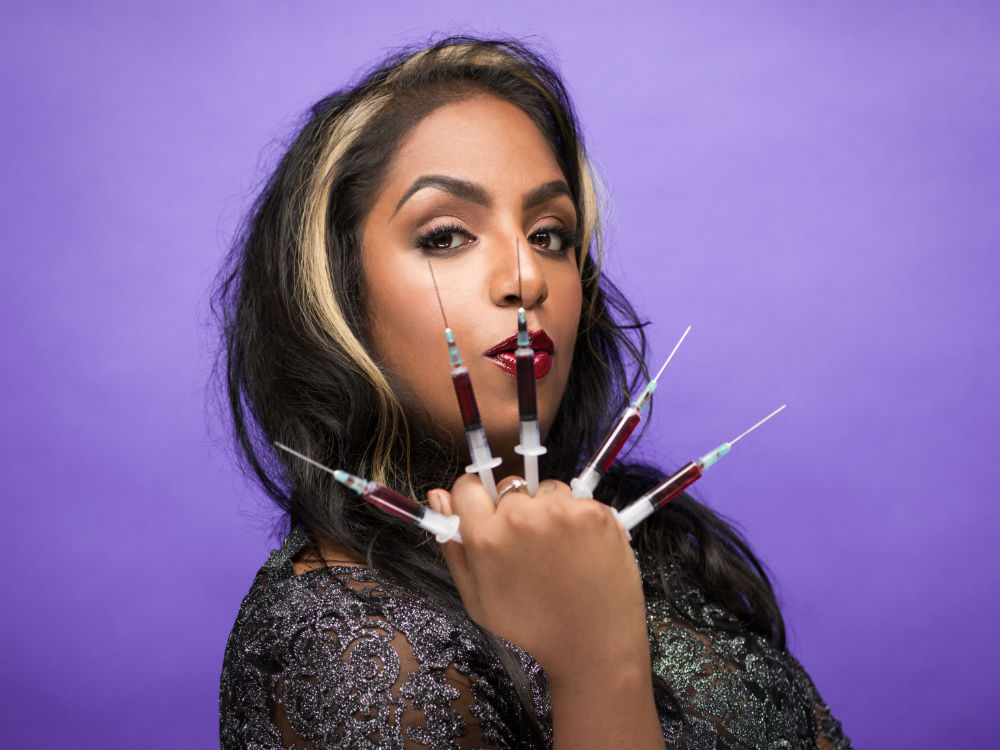
Vampire facials made the headlines for being the most gruesome of beauty treatments, but now the focus has shifted to hair loss. I tried them all.
Somewhere along the line, beauty took a bizarre route.
That pivotal moment of change was in 2013 when Kim Kardashian’s bloodied face made the cover of every trashy magazine from here to Guatemala. She looked like she’d gone ten rounds with one of her equally wayward siblings, but she hadn’t. In fact, she was a willing victim for the much-lauded Hollywood insider vampire facial. From the pictures it looked one part gruesome, and one part entirely intriguing. The facial is still the chosen treatment among Hollywood’s elite, but the latest blood – derived technology is now being used to treat those suffering from hair loss.
Blood has been used for aeons as a beauty treatment. Pretty much every civilisation going has creepy tales of something gross like placenta or menstrual blood being used to treat ailments from acne to saggy skin. And now it’s back at the cutting edge of beauty science. Plenty of dermatologists dabble in blood-related beauty, but the pioneer in the field is German doctor Barbara Sturm, who I’m lucky enough to meet in the exclusive Dusseldorf clinic.
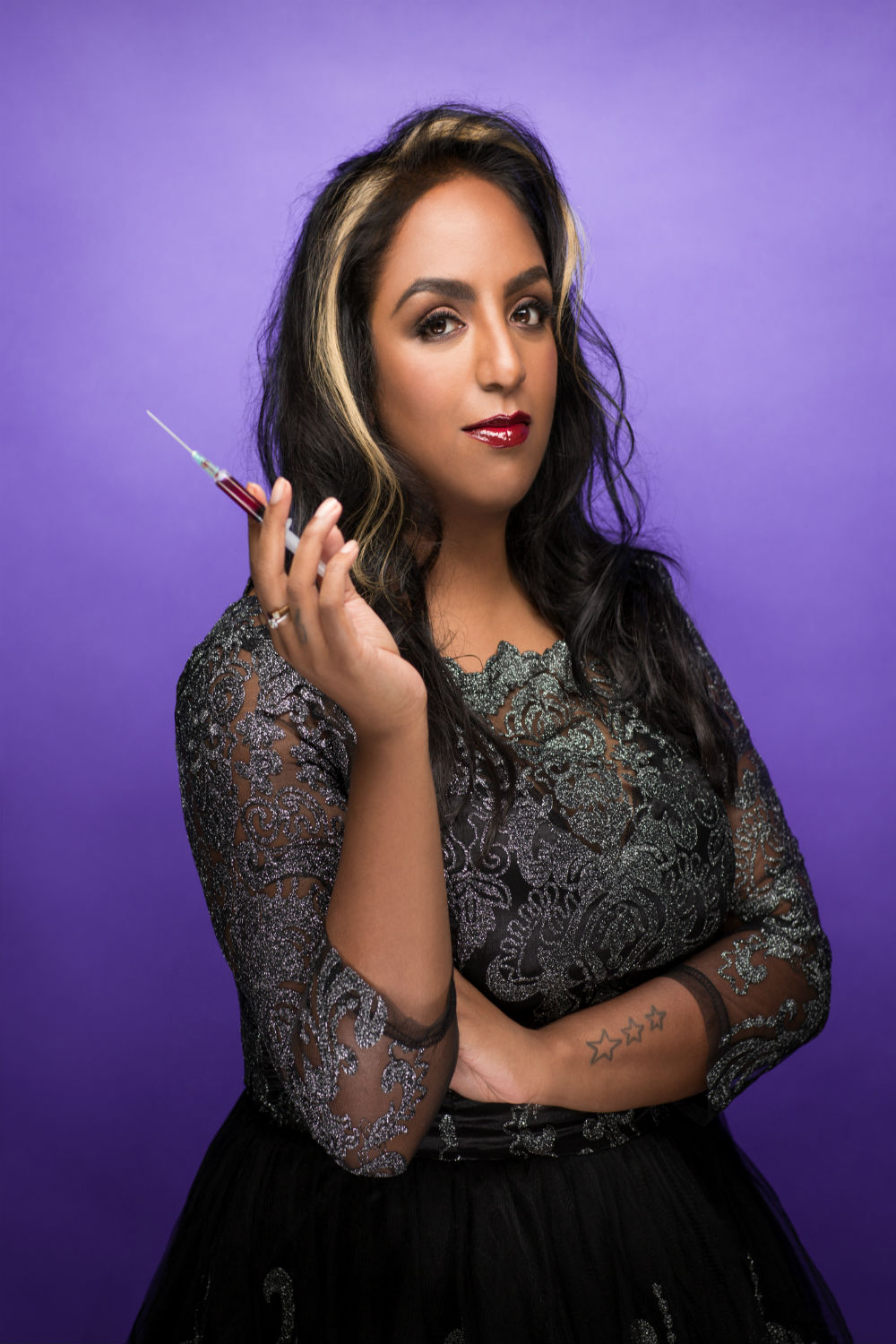
She's a skin doctor to Kimberley Stewart, John Cusack and George Hamilton – and those are only the ones I’m allowed to mention (be assured the rest are serious A list). Starting out as an orthopedic surgeon dealing with musculoskeletal issues, Sturm was increasingly inspired after seeing the work of a colleague who encouraged her to think differently about healing: ‘He was inventing amazing treatments for osteoarthritis using blood proteins,’ she explains. They teamed up and created a buzz in the world of medical science, with discoveries that the blood’s growth factors could transform orthopedic medicine. Then Sturm had the brainwave of transferring the technology to cosmetic medicine.
‘I started out by trialing things on myself. I was injecting the proteins into wrinkles alongside the usual hyaluronic acid filler I was using – just to see what would happen,’ she says. ‘Then I did studies analysing one half of the face with just hyaluronic acid and half with the combination of hyaluronic acid and blood proteins and the results were amazing. It was smoother, and it lasted way longer, because it’s a healing cocktail that is essentially made by your own cells. I gained a couple of celebrity clients, and then the word spread. Now I’m using the same technology, minus the filler, on the scalp to promote hair growth.’
The process is genius, but you’ve got to understand what the hell a vampire facial is before you understand how it can help those suffering the emotional trauma of thinning hair. ‘Those images of faces smeared in blood used to promote the vampire facial are used for shock and publicity, and actual blood plasma is a clearish serum,’ she says. ‘With normal “vampire” treatments – on scalp an face – the plasma would be separated from the rest of the blood, and that would simply be injected back into your face. But that’s not what I do.’
Marie Claire Newsletter
Celebrity news, beauty, fashion advice, and fascinating features, delivered straight to your inbox!
What she does is Frankenstein-esque genius. Sturm extracts a few vials of blood like a blood test – it’s not so much that you’ll feel faint but it’s enough to notice it; it then trickles into other vials filled with teeny cylindrical glass balls with an uneven surface. The blood cells ‘think’ the uneven surfaces are wounds, so they start to kick into mega repair mode. ‘Then we let the blood incubate at 37C for 36 hours, which is why we get an amazingly high concentration of your body’s own healing factors,’ she explains. Put another way, the plasma gets all geared up to heal the wound, kicking its growth factors into overdrive. ‘Then it’s put back into the scalp or face, but I go to a deeper level than the usual vampire treatments might. That sets your skin’s renewal processes in motion for a super-firming or super- regenerating effect.’
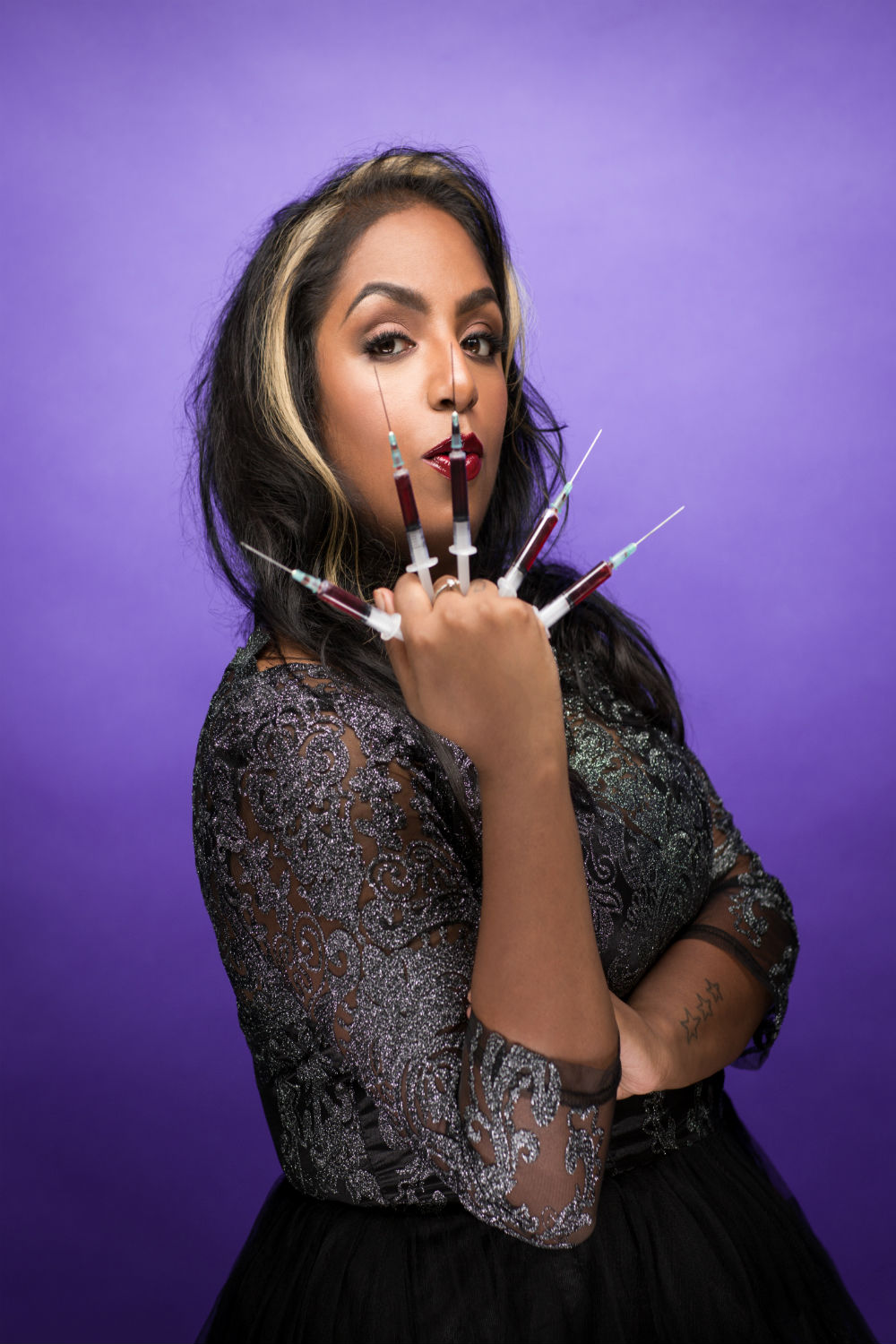
No pain, no gain
I’m so down for this. My hair has been weedier than Mr Muscle in WWE smackdown since I was diagnosed with polycystic ovary syndrome 15 years ago. And Sturm’s PRP treatment (from £650) is seriously big news on the grapevine for those suffering from female pattern hair loss like I do. Before we start, though, Sturm manages my excited expectations, ‘PRP isn’t a cure-all for hair loss. It helps, but you have to combine it with scalp-stimulating products and the results can take up to a year, ‘ she advises. ‘But we have incredible results. There are other people who do the same treatment, but our version is more potent with more growth factors and because of the way the plasma is treated, you need fewer treatments.’ Strum recommends how many each person will need individually, but you’re looking at around one to two a year. The hardest part of coping with hair loss is actually seeing any improvements. Again Sturm is concerned to point out that I won’t wake up blessed with locks like J-Lo anytime soon.
So how does it feel? Well, it’s not fun. First, the scalp is numbed with localized anesthetic injections, which freaking hurts, giving me an indicator that there’s nothing remotely ‘pleasant’ about what’s about to happen. However, I completely trust Sturm because she really knows her stuff, so I let her crack on, and half an hour later my highly activated plasma is going back into my scalp in a series of around 30 deep injections. There is no recovery time or side effects, which is good. So much so that she gives me her version of the vampire facial, too (the Scaddle lift, from £900), which uses a similar method on the face. Afterwards, truth be told, I’m slightly in shock – because if this is what celebrities go through to look beautiful (and they do), then I have a new-found respect for them all. These are hardcore treatments and costly, too. You’d want to seriously see some results.

Is it worth it?
It’s three months later and, I’m back home in my London flat, peering at myself with a hand mirror. For the scalp PRP, I can’t see a difference yet but I’m following all her advice with regards to shampoos (She recommends Nizoral) and a protein rich diet, so I’m hopeful. As for my skin, the difference is already visible. I’d been struggling with some pigmentation issues on my chin, and they’re gone. My nasiolabial folds – the smile lines around my mouth – feel less prominent and my skin is noticeably firmer.
But even more excitingly, she’s given me some of her MC1 cream to try. Actually it’s my MC1 cream, because, it’s made of the same proteins that Sturm took from me in Germany (she always keeps a vial of plasma for future use.) It has a short shelf life of about a month because it’s so potent, but I’ve used it since my treatments, and so far I’m blemish free and my skin feels soft. ‘Our own blood is highly anti-inflammatory and regenerative, whether it’s working on ageing issues or even on skin conditions’, says Sturm. ‘I actually gave 30-40 patients their own bespoke blood cream as I wanted to measure wrinkle reduction, and as a side effect the eczema and psoriasis patients became so much better.’I’ve started using it on my eczema, and have noticed that it’s far less itchy, which is a nice bonus if you’re spending around £950 on a pot of cream.
Am I sold though? Yes – because the science is there. Yes – because the word of mouth is there (which is arguably more impressive that clinical trials, which Dr Sturm says cost a fortune, which is why she hasn’t done them.) And finally, yes – because as much as we diss celebrities, they do have the money and the motivation to seek out the best treatments out there. For that – and pretty much only that - we can thank them.
For more info, visit Dr Barbara Sturm
-
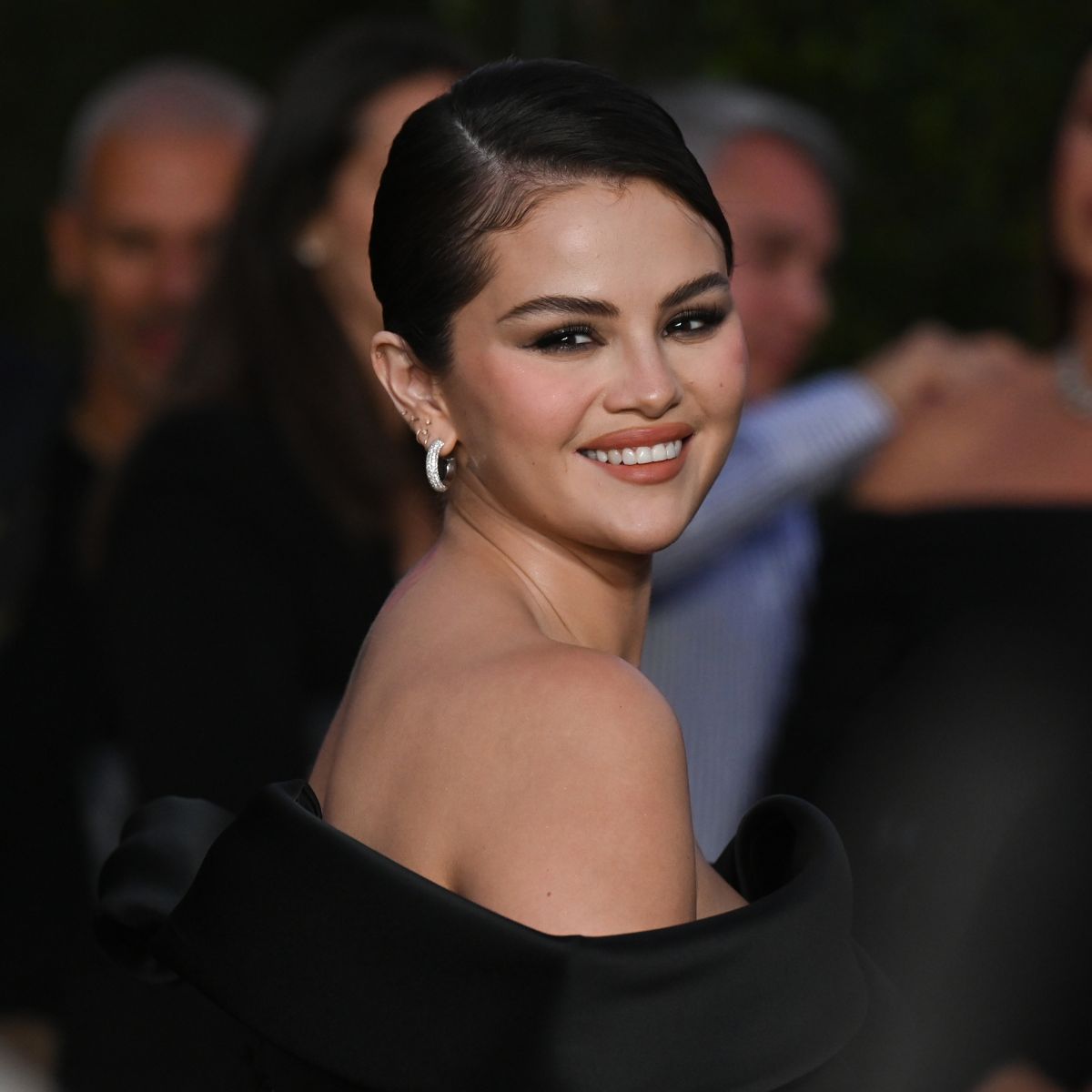 Selena Gomez has re-entered the conversation about her 'Emilia Pérez' criticism
Selena Gomez has re-entered the conversation about her 'Emilia Pérez' criticismBy Jenny Proudfoot
-
 I'd never run a marathon before - six years on, I'm one of the UK's fastest female marathoners. Here's how I train every week
I'd never run a marathon before - six years on, I'm one of the UK's fastest female marathoners. Here's how I train every weekSerious inspo, served.
By Ally Head
-
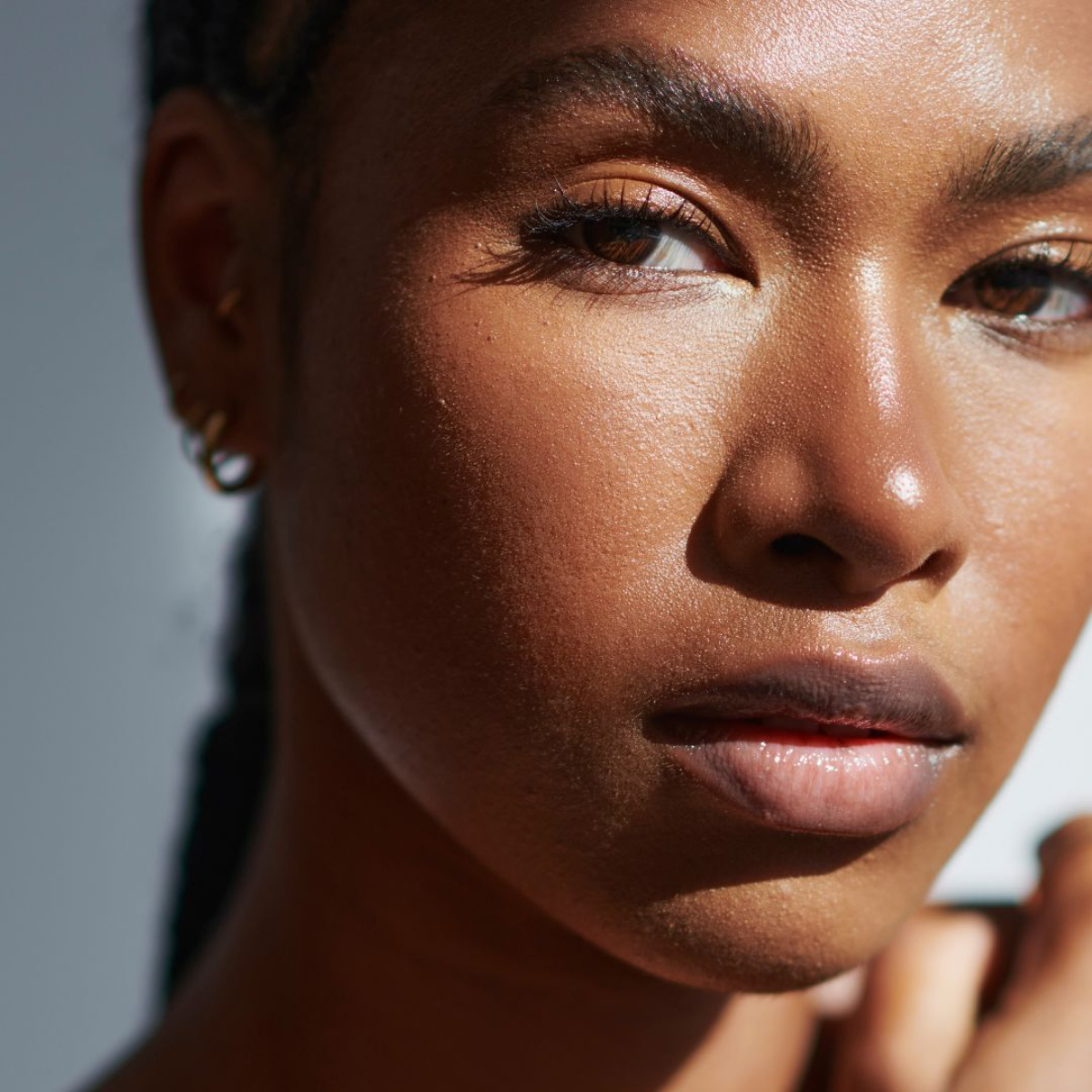 There’s a big difference between sensitive and *sensitised* skin—here are four derms on the key distinctions
There’s a big difference between sensitive and *sensitised* skin—here are four derms on the key distinctionsPlus, ways to approach both
By Denise Primbet